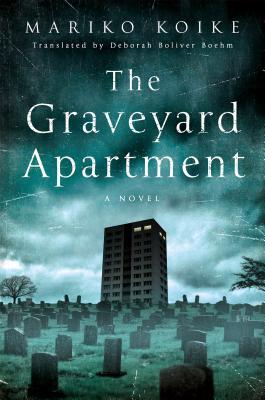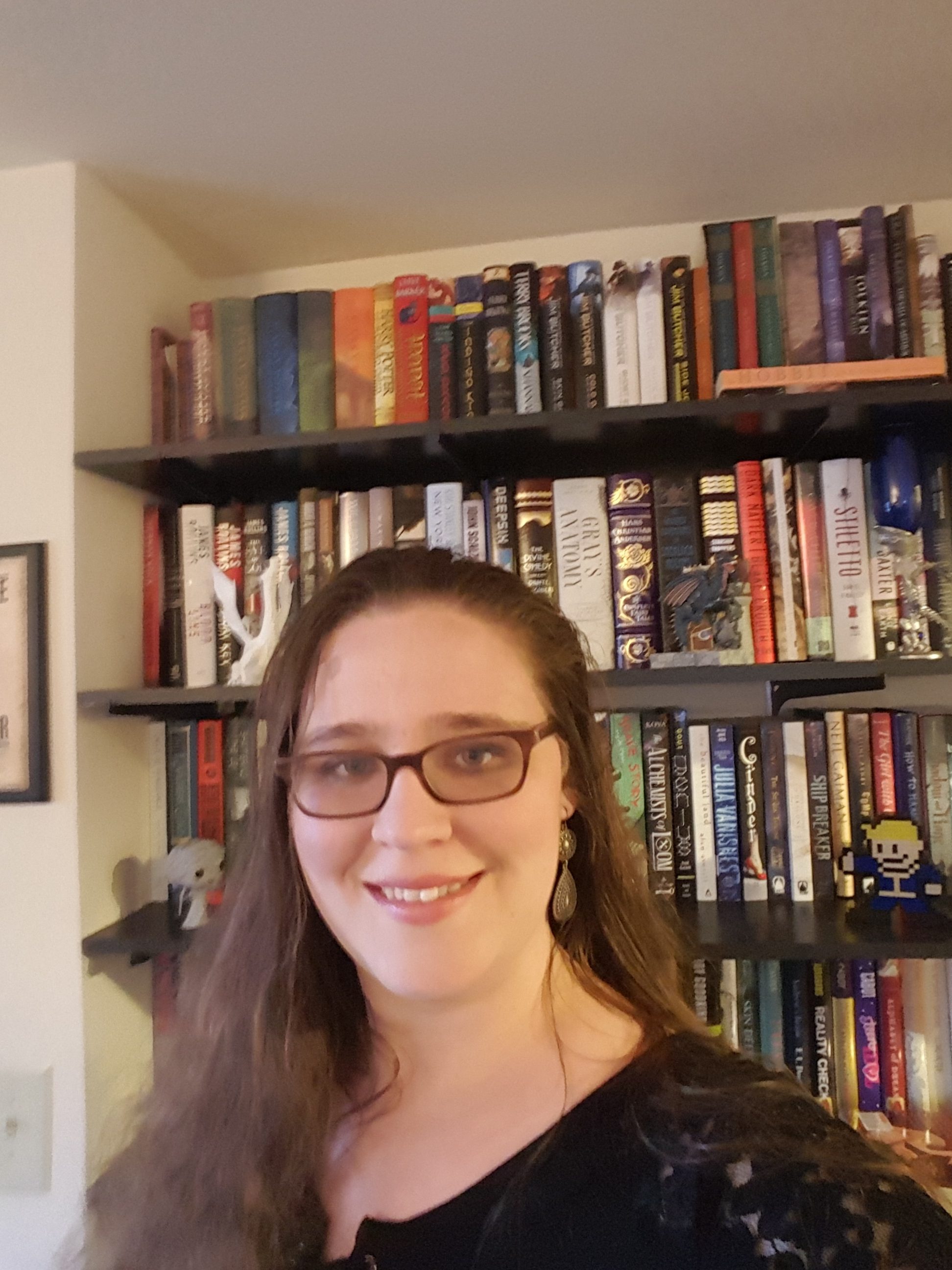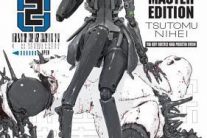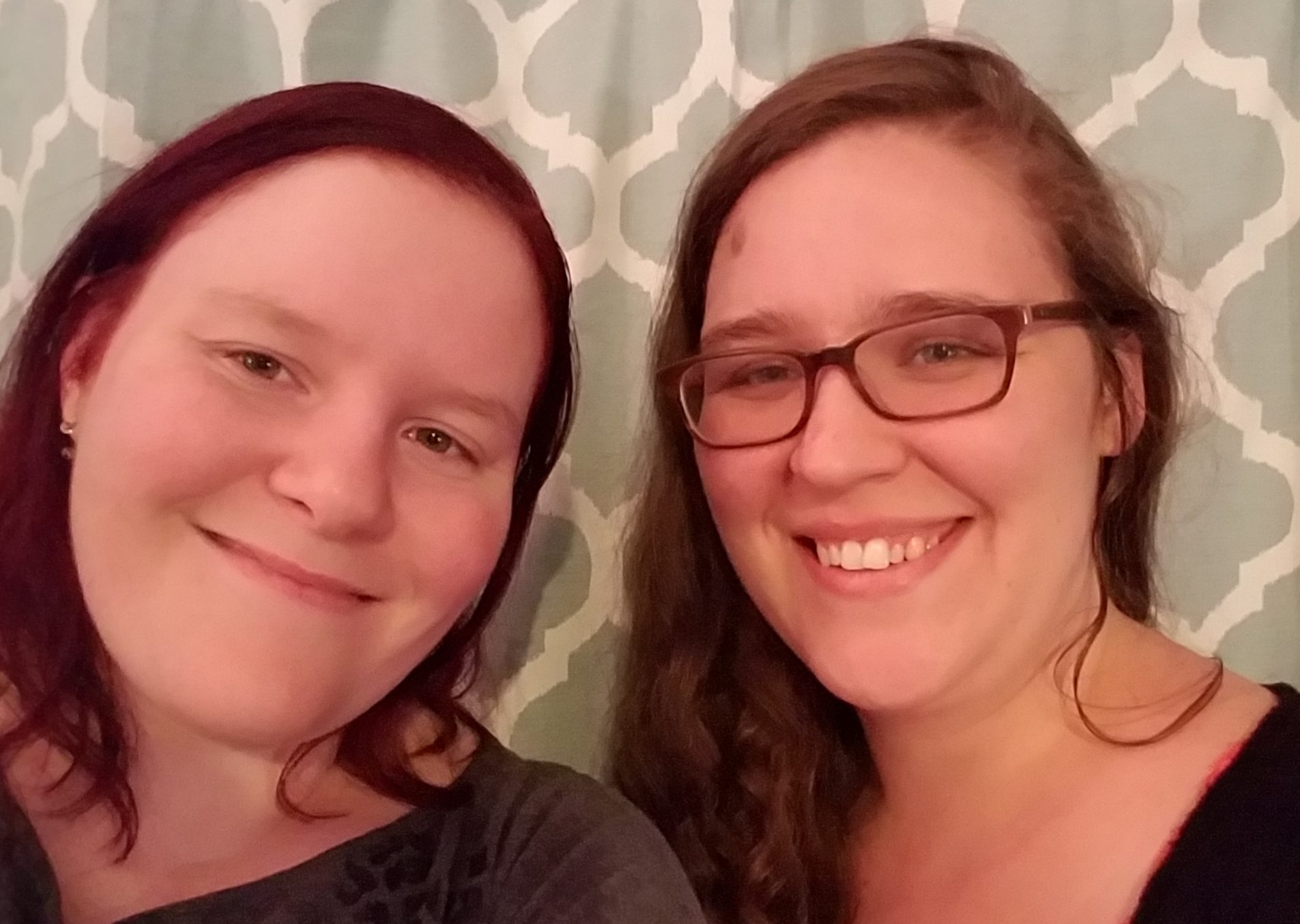 The Graveyard Apartments
The Graveyard ApartmentsBy: Mariko Kioke
Translator: Deborah Boliver Boehm
Release Date: (Original Japanese) 1986; (English) October 11, 2016
Publisher: Thomas Dunne Books
Rating:
I tend to read a lot of horror in the summer, something which probably deserves an article on in itself. The latest scary read I delved into was the novel The Graveyard Apartment by Mariko Kioke. This is a book translated from Japanese which tells the story of a young family who moves into an apartment building that overlooks an old graveyard. It is the story of past wrongs, of personal demons better off left buried, and just how far someone is willing to go in order to ignore the bad things in their life or the strange goings on around them.
I think it’s important to note that this book was originally published in 1986, so it doesn’t fall within the ever growing category of books set in the 80s to avoid cell phones. This is set in what was the modern world with modern characters. Misao is a modern sort of woman – she works, she’s very outspoken, and she’s very down to earth. However, Misao and Teppei are both complex characters and somewhat unlikeable, the nature of their early dating life something that some readers aren’t going to be too happy about and sort of sets the stage for the dark goings on in the novel.
The book starts off slowly. We follow Misao point of view mostly as she settles into her new apartment, meets some of her new neighbors, and tries to brush off a few odd circumstances that occur. The first hundred pages or so are more focused on Misao settling into her new home, or not settling, as the case may be, than on anything that might be considered spooky. Events grow tenser and more suspenseful as the story progresses. This is seen in little ways first, which then snowball into situations that simply cannot be ignored. Misao and her husband, Teppei, have opposing views on the odd, strange things that keep happening. Their finch dies on the first day in their new apartment, their five year old says the finch visits and talks to her in the middle of the night, and something about the basement isn’t quite right. This they can dismiss as bad luck and an overactive imagination, but the things in the basement and the warnings of neighbors who are moving out as quickly as timing and budgeting allow are harder to dismiss.
I liked the dynamic between Misao and Teppei. I found Teppei’s attitude towards the supernatural events that occur very different than what I normally find in books like this, particularly in how characters skeptical of He doesn’t necessarily disbelieve the things that his wife and neighbors say. Part of him does believe them and does wonder if there is something dangerous in the basement. But Teppei doesn’t want to admit this aloud. He isn’t ready to examine the idea that things are out of his control, and, more than that, he isn’t ready to admit that there might be something beyond death.
For all Teppei’s indifference, death isn’t something that he wants to take out and look at too hard. We get some conflicting information on Teppei’s attitude towards the death of his first wife. Teppei, at first, viewed her death as a mere inconvenience. Yet, as cold as that may be, he states repeatedly that Misao was the one who pulled him through that time. It isn’t quite clear if Teppei is truly as cold and indifferent towards those events as he states or if it’s more a kind of numbness and unwillingness to look within himself and at what his actions have caused. It is this unwillingness to state what Misao views as the obvious, what she is positive her husband knows and believes about their new home, which really gets her rankled and causes tension between the pair.
There are certain points of the novel that falter just a little. Some of the dialogue feels stilted, in particular that of Misao and Teppei’s daughter, Tamao. Her speech patterns didn’t totally sound like a five year old, but they didn’t sound quite like a small child trying to use bigger words that they overhear in conversation either. Another aspect of the prose that I didn’t quite enjoy as much was the author’s tendency to explain a situation very overtly, especially something that occurred in the past, and then show that same thing in a more natural feeling way through dialogue, body language, or situations. I felt it rather unnecessary to explain exactly how Misao’s mother felt about her directly before going to a scene between Misao and her mother that makes it perfectly clear just how deeply her mother disagrees with Misao’s life choices.
I did still have a few questions in the end, and do have to wonder why, exactly, certain things weren’t explored more. I found it odd that all of these supernatural occurences push Misao to ask around town about the history of the property the apartment complex sits on, but never to go across the street to the cemetery and temple to poke around and ask questions there.
Yet The Graveyard Apartment did pick up in pacing and turned into a very suspenseful read. The events which occur in the basement begin innocent enough. While the happenings are odd, they are explainable. But what begins as just as strange basement quickly turns into something terrifying and deadly. The ghosts are never seen directly, at least not by our main characters. Instead, there are voices, terrifying hand prints, and events that should never, ever be able to occur.
The Graveyard Apartment by Mariko Kioke is a novel that I’ve long wanted to read. I’m very glad I’ve finally gotten the chance to read this book. If you like translated works, books that are scary and suspenseful, or stories set in the 1980s I’d definitely recommend picking up a copy.






Post a comment